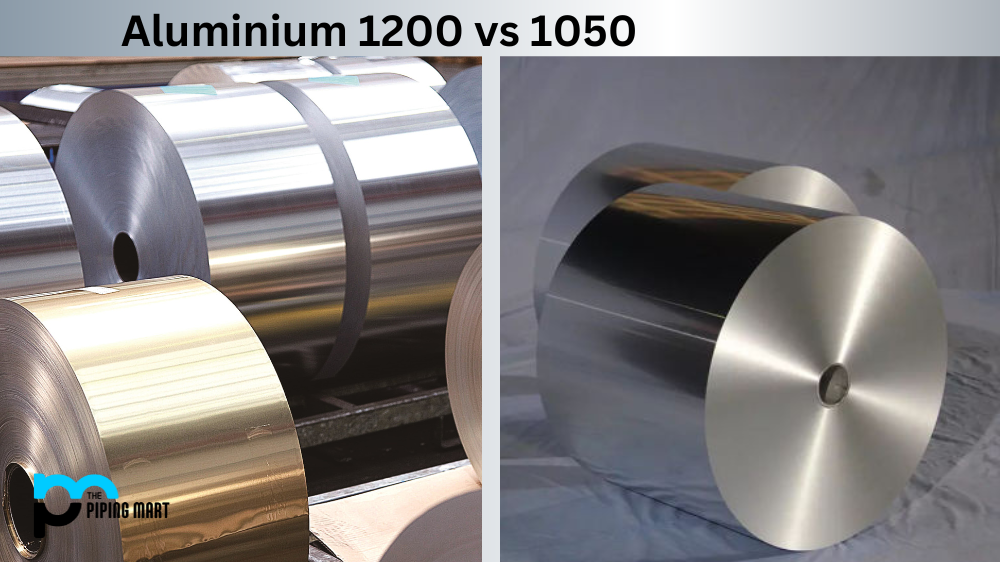Steel is the metal of choice for many manufacturing applications because of its properties, such as hardness, durability, high strength, and wear resistance. However, not all steels are created equal, and choosing the right type of steel for a specific application helps optimize the product’s performance, quality, and durability. Two commonly used types of steel in manufacturing are A513 steel and 1026 steel. In this blog post, we will look at these two types of steels and compare their properties to help you determine which one is best suited for your application.
What is A513 Steel?
A513 steel is a low-carbon hot-rolled steel commonly used for automotive, construction, and structural applications. It has a minimum tensile strength of 65,000 psi and an ultimate yield strength of 50,000 psi. Due to its low carbon content, A513 steel is easy to weld, form, and manipulate. It also has good machinability and weldability, making it a cost-effective option for many applications. A513 steel is commonly used to manufacture components that are not weighted, such as bicycle frames, furniture, and metal tubing.
What is 1026 Steel?
On the other hand, 1026 steel is a low-carbon cold-drawn steel with higher strength, hardness, and wear resistance than A513 steel. It has a minimum yield strength of 50,000 psi and a minimum tensile strength of 65,000 psi. Because of its high power, 1026 steel produces many components, such as gears, powertrain components, shafts, and hydraulic cylinders. However, 1026 steel cannot be welded due to its high carbon content and requires a specialized welding process.
Difference Between A513 Steel and 1026 Steel
Physical properties
Regarding their physical properties, A513 steel and 1026 steel have some notable differences. 1026 steel is denser and heavier than A513 steel, making it more suitable for high-stress applications. A513 steel, on the other hand, is less thick and lighter, making it better suited for applications that do not require high strength or hardness.
Cost
Regarding cost, A513 steel is more cost-effective than 1026 steel because of its low-carbon content and ease of manufacturing. A513 steel is also readily available in various shapes and sizes, making it an ideal option for many manufacturing industries.
Other Differences
- A513 steel is a low-carbon steel that offers superior weldability and formability.
- A513 steel is often used in the automotive industry for structural components such as exhaust systems and suspension components.
- A513 steel is also commonly used in the construction industry for applications such as framing and piping.
- 1026 steel is a high-carbon steel that offers excellent strength and hardness.
- 1026 steel is often used in the aerospace industry for applications such as landing gear and fuselage frames.
- 1026 steel is also commonly used in the oil and gas industry for applications such as drill bits and tubing.
- A513 steel has a lower carbon content than 1026 steel, which makes it easier to weld and form.
- 1026 steel has a higher carbon content than A513 steel, which makes it stronger and more durable.
Conclusion
Choosing the correct type of steel for your application requires careful consideration of various factors such as strength, wear resistance, machinability, weldability, and cost. While A513 steel and 1026 steel have many similarities, their differences in power, hardness, and physical properties make them suitable for different applications. We hope that this comprehensive comparison helped you better understand these two types of steels so that you can decide which one is best suited for your manufacturing needs.

Hey, I’m Krutik, a casual blogger expert in the metal industry. I am passionate about providing valuable information to my readers. With a background in engineering and construction, I like playing Cricket & watching Netflix shows in my free time. Thank you for visiting my blog, and I hope you find my information helpful!




